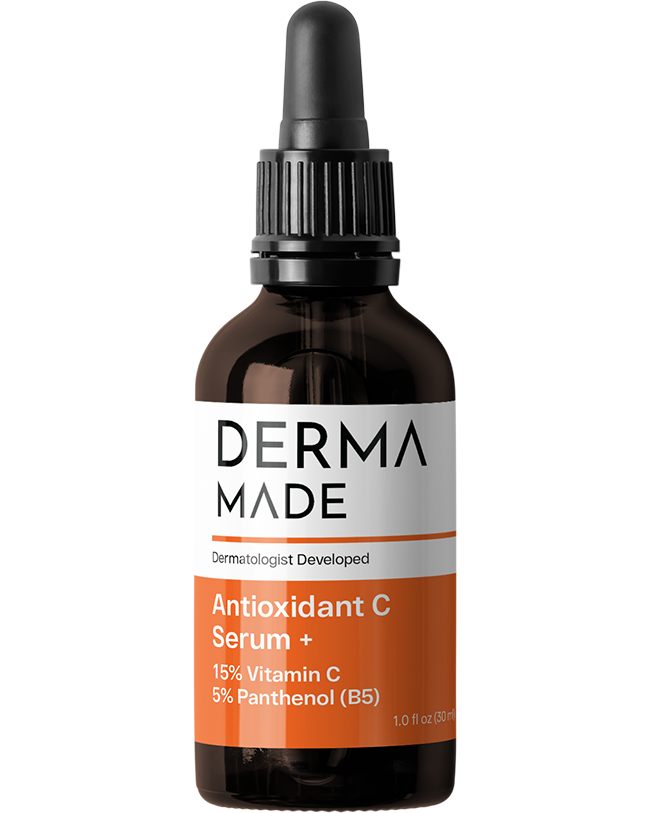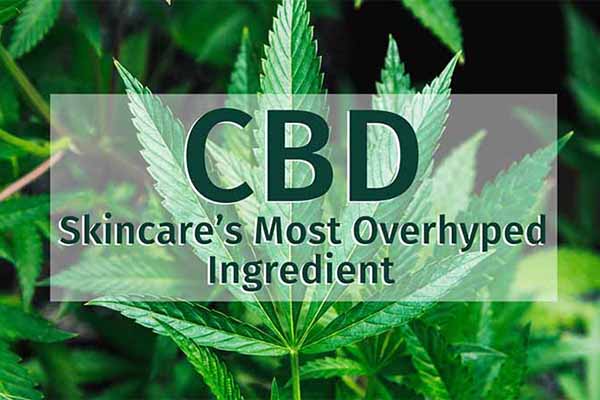We’ve all seen it, and we want it––gorgeous glowing skin! Glowing skin is dewy and moist, never dry, dehydrated, flaky or dull. So what exactly does it take to get glowing skin? These five skin healthy habits will give you a glowing complexion!
1- Use a Complete Skincare Routine
One eight week study found that using a regular skincare routine improved the overall appearance of skin by 76% and the radiance by 82%. A full regimen is essential because each step builds on the previous one, preparing the skin and putting it in the right condition to receive the benefits of the next product’s ingredients. A well-rounded routine is 10x more effective than any “superstar” product or ingredient alone.
What Happens When You Skip Part of Your Routine
Not cleansing your face regularly can age you 4 months for every day you skip the cleanser. This woman in the UK did it as a social experiment. She did not wash her face for 30 days, and kept using makeup on top of makeup. She aged 10 years in 30 days!
Not using SPF regularly will reverse the benefits of retinoids. Your brighter, better skin complexion will show dark spots and sun damage because of sun damage.
Not exfoliating regularly will not allow the peptides and antioxidants to penetrate the skin. And you will think “these products don’t do anything”.
You get the idea…
2 – The Power of Proper Exfoliating
Exfoliation is necessary, because it allows the next ingredients to penetrate into the skin more effectively. Without exfoliation, the ingredients will sit on that layer of dead skin cells, excess oil, and grime. Using a chemical exfoliator is the simple answer.
Regular exfoliation with a chemical exfoliator not only preps the skin for products, it also evens out skin texture, tone, and brightens the overall appearance of skin. It also gets rid of the dullness caused by the build up of old dead skin cells at the skin’s surface. Exfoliating can also help with acne, dark spots, and with softening the appearance of wrinkles.
2 Types of Chemical Exfoliators
The two most common types of chemical exfoliators are AHAs (alpha-hydroxy acids) and BHA’s (beta-hydroxy acids).
AHA
Of the two chemical exfoliators, AHAs are the most common. They are made from sugary fruits. The most widely known and used AHAs are lactic acid and glycolic acid. Glycolic acid has a smaller molecular size, allowing it to penetrate quicker into the skin, so it tends to have a stronger effect than lactic acid, but it can cause some stinging. On the other hand, lactic acid is mild and moisturizing, making it a top choice if you have dry or sensitive skin.
BHA
BHA, also known as salicylic acid, is derived from willow bark tree, wintergreen leaves or sweet birch bark. Unlike AHA, which is water soluble, BHA is oil soluble. This makes BHA perfect for acne prone or oily skin. It penetrates congested skin with ease, loosening up dead skin cells, sebum, pus, and grime. Then they’re easily washed off.
Regular exfoliation should take place at least 2x a week. For more information about the frequency of exfoliating read, How Often to Exfoliate.
3 – Prevent Dull and Damaged Skin with SPF
Sun damage is the #1 factor in dull, damaged, and discolored skin. Not to mention it also tops the list for causing early signs of aging, like wrinkles. Just as exfoliating is necessary for bright, glowing skin, SPF is necessary to protect against dull and damaged skin.
Due to sun exposure over time, uneven skin color, skin tone, and age spots appear. If not protected with SPF, those areas of discoloration worsen. To keep your skin glowing with an even skin tone, use SPF daily.
Plus, if you don’t protect the skin with SPF you are reversing the gains made from using products like retinoids and peptides. Retinoids increase the skin’s sensitivity to the sun. So by not using an SPF with a retinoid, you’re not only reversing the skin’s progress, you’re actually causing even more damage! So, get your SPF on daily. If you’re unfamiliar with SPF options check out how to Understand The Difference Between SPF 30 and 50.
4 – Using Products with Functional Ingredients
As you develop your new habits for getting glowing skin, not just any product will do. You must use products that include two things: functional ingredients and the proper concentrations of those ingredients.
What are functional ingredients? Functional ingredients have been studied, researched and are proven to give visible results. These include ingredients like antioxidants (vitamins C, E, polyphenols), retinoids, peptides and acids, like AHAs and BHA. What’s important to look for is the percentage of the functional performing ingredient on the label. Derma Made products all list the percentage of the active functional ingredient on the front of the label. If the percentage isn’t easy to locate on a product, read the back label. The farther down on the list of ingredients, the weaker the concentration of the functional ingredient.
And remember, the functional ingredients must serve one of the three steps in a skincare regimen: prep, preserve or protect. If it doesn’t serve any of those purposes, then chuck it!
5 – Get Enough Antioxidants
True health begins within. For glowing skin that means a diet that supports growth and repair and that happens through the power of antioxidants. And they are abundantly found in both food and skincare.
Antioxidants in Food
Antioxidants include vitamins A, C, and E. Foods rich in vitamin C are broccoli, sweet peppers, avocados, and strawberries. For vitamin A grab mango, carrots, spinach, and sweet potatoes. For vitamin E and include healthy fats like salmon and walnuts. With a rainbow of food options available you can easily eat a diet rich in antioxidants. But what’s just as important to your food choices is using skincare chocked full of antioxidants, too.
Antioxidants in Skincare
You’ll find antioxidants like CoQ10, vitamins C and E in skincare. Antioxidants in skincare promote more potent change. For instance, you get up to 20x more vitamin C when applied directly to your skin, versus getting it through food. Vitamin E heals damaged skin. And research shows that vitamin E works better in conjunction with vitamin C. So, look for products that have both vitamin C and E. CoQ10 keeps skin glowing by boosting hydration, increasing collagen production and elastin. Collagen and elastin keep your skin strong and bouncy.
On Your Way to Glowing Skin
With these five healthy skin habits, you are now on your way to getting glowing skin. For best results try to incorporate all five habits into your skincare routine. If that kind of change sounds daunting, begin with just one or two, building up to all five over time. Your skin will thank you for it.







